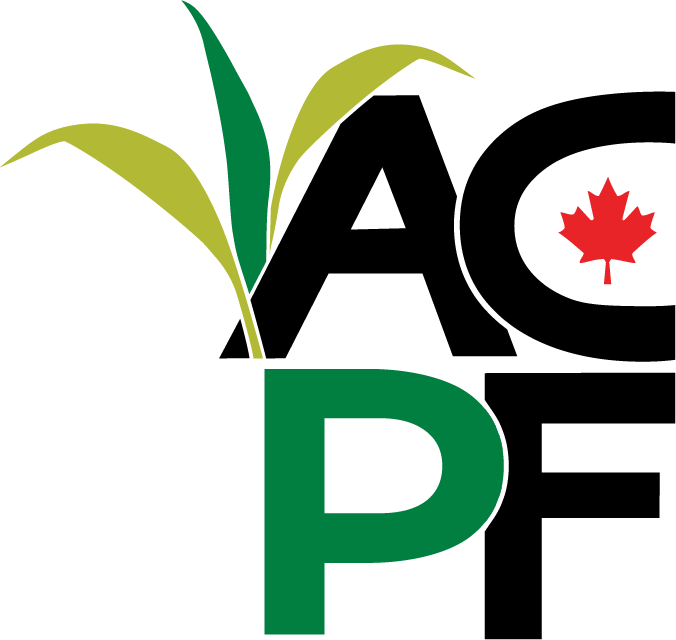During the Canadian Forage and Grassland Association’s (CFGA) 2022 conference session, Status of Hay Market, Josh Callen from The Hoyt Report covered current prices for hay products in the United States along with export trends and factors impacting the market. He also discussed export volumes from the major exporting countries.
Josh reported that 2021 was a good year for forage in Canada. Canadian timothy was preferred due to the dollar value, meaning it was not as expensive. Exchange rates also impacted prices, especially the high inflation of the U.S. dollar. On the other hand, the Canadian exchange rate makes Canadian timothy more desirable.
The main export increase for Canada was timothy and hay going to the U.S., mostly to the Florida horse market. There was an uptick in timothy going to Japan and Korea late in the year and a 60 per cent increase over 2021 leading to market recovery and good overall performance. The total increase in hay export earnings was 12 per cent.
Exports to China saw a big decrease (-77 per cent) as they buy heavily from the U.S. Spain saw seven per cent less exports since 2021 due to drought. Australia’s exports were also down due to shipping issues and the trade war with China, but there was still good demand for lower end products like timothy, oat and hay. U.S. timothy exports were in decline at the time of this session.
Global forage supplies were also down, driving prices up everywhere. This was caused by drought, fewer acres of forage production, the very strong U.S. dollar and supply chain issues. The drought in the U.S. South-West remained more severe. Due to this concern, that region had to switch to vegetables and alfalfa. Over 20 years, the western U.S. lost over 11 million alfalfa hay acres. This region mostly transitioned to other crops like almonds and potatoes because labour demands are different and they are more profitable crops. Alfalfa feeds to dairy cows have gone down over 13 years, from 11 pounds per head to seven pounds per head.
Alfalfa prices delivered to dairies had increased over $100 more per ton year over the previous year, softening slightly by the time the session occurred. Premium export alfalfa also saw a huge increase by over $100 more per ton.
The outlook for 2022 to 2023 at the time of the session was mixed and there was lots of uncertainty. The estimate was that there would be a slight increase in alfalfa acres to help elevate tight supplies but less for the export market. Milk prices were expected to hold price levels while going up in cost due to interest rates. There was concern because China was pushing to retake Taiwan. This was a concern because Taiwan is a hay importer. China was likely to make a move when hitting an economic peak which would interrupt commerce flow and economic sanctions.
The Hoyt Report is the trusted source for hay prices and global export market developments in the United States.
Conference 2023
The CFGA is excited to announce that its 14th annual conference will take place Nov. 28 to Dec. 1 in person in Harrison Hot Springs, BC. This year’s conference theme is Forage Resilience in a Changing Landscape: Manage risk. Overcome challenges. Discover opportunities and we look forward to delivering the interesting and informative sessions the CFGA conference is known for. Please save the date to join us as we learn about issues facing the forage sector and how they overcome these challenges, as well as take a look ahead to opportunities. Watch the CFGA conference website for more information.
Back to Most Recent



Laissez un commentaire